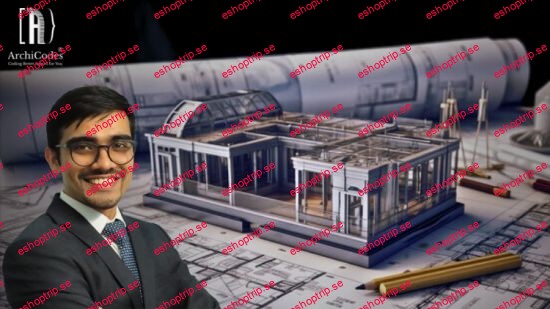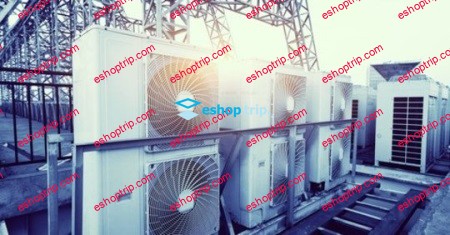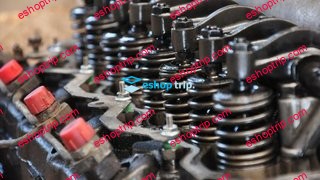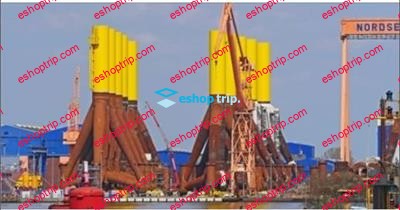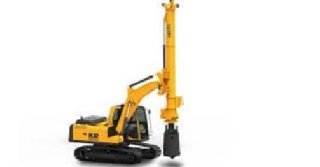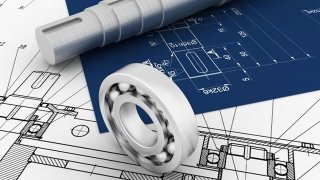Published 8/2024
MP4 | Video: h264, 1920×1080 | Audio: AAC, 44.1 KHz
Language: English | Size: 4.89 GB | Duration: 7h 28m
Different types of Aviation Engines and their performance
What you’ll learn
Short History of Aviation Engines
Classification of Aviation Engines
Working Principles of each Engine
Simple equations of the thrust, specific fuel consumption, temperature and pressure ratio, etc.
Main parts of engines and their purposes
Requirements
Basic physics knowledge (High school level)
Basic chemistry knowledge (High school level)
Basic algebra knowledge (High school level)
And a little bit imagination and logic 🙂
Description
Hello dear student. Welcome to my course Aerospace Engineering: Basics of Aviation Engines. Aviation nowadays is an indivisible part of our life. It’s progressing and developing at a very high speed. With this course, I will help you to understand the basics of aviation and take the first steps in this universe. It doesn’t matter if you are a beginner or if you already have any aviation knowledge. If you’re a beginner you will learn something new soon and if you already have any aviation knowledge I’m sure that this course will help you to repeat, improve it and make it fresh. We will start from the main part of an aircraft which is called a powerplant or engine.I’m going to teach you the basics of aviation engines and their classifications. We will learn which types of aviation engines there are in the world and where they are used. This course will take you through the fascinating world of aviation engines and their functions. We’ll break it down into smaller parts to make it easy to grasp and guide you through each step with care. I hope you will find this course enjoyable and useful.We will discuss different types of aviation engines and their classifications during this course. I will explain the working principles of each engine and the different parameters that affect aviation engines. You will learn all the main parts of engines their purposes in aviation engines and working principles. You will also learn how to calculate thrust, specific fuel consumption, engine temperature ratio, engine pressure ratio, etc. This course will help you to gain comprehensive knowledge in the aviation sphere. If you are interested in aviation, you want to work as a maintainer in the future or you are already working in this sphere this course is for you. So don’t waste your time and obtain this course right now to start your trip through the aviation universe. See you on the course.
Overview
Section 1: Introduction
Lecture 1 Introduction of course
Lecture 2 Course structure
Lecture 3 What you will gain by the end of this course
Section 2: Unit 1. Fundamentals of Aviation Engines
Lecture 4 Short history of aviation
Lecture 5 Thrust. Classification of aviation engines
Lecture 6 Piston engines and their classifications
Lecture 7 Aerospace engines and their classifications
Section 3: Unit 2. Aerospace Engines
Lecture 8 Turbojet engines
Lecture 9 Turbofan engines
Lecture 10 Turboprop engines
Lecture 11 Turboshaft engines
Lecture 12 Ramjet/Scramjet engines
Section 4: Unit 3. Aerospace engines’ Parts.
Lecture 13 Engine inlets and their classifications
Lecture 14 Engine compressors and their classifications
Lecture 15 Engine combustion chambers and their classifications
Lecture 16 Engine gas turbines and their classifications
Lecture 17 Engine exhaust nozzles, afterburners and their classifications
Lecture 18 Reverse thrust
Section 5: Unit 4. Summary
Lecture 19 What we have learned during this course
Section 6: Valediction
Lecture 20 Thank you for joining my course!
This course is for everyone who has any interest and desire in the aviation sphere
Homepage


